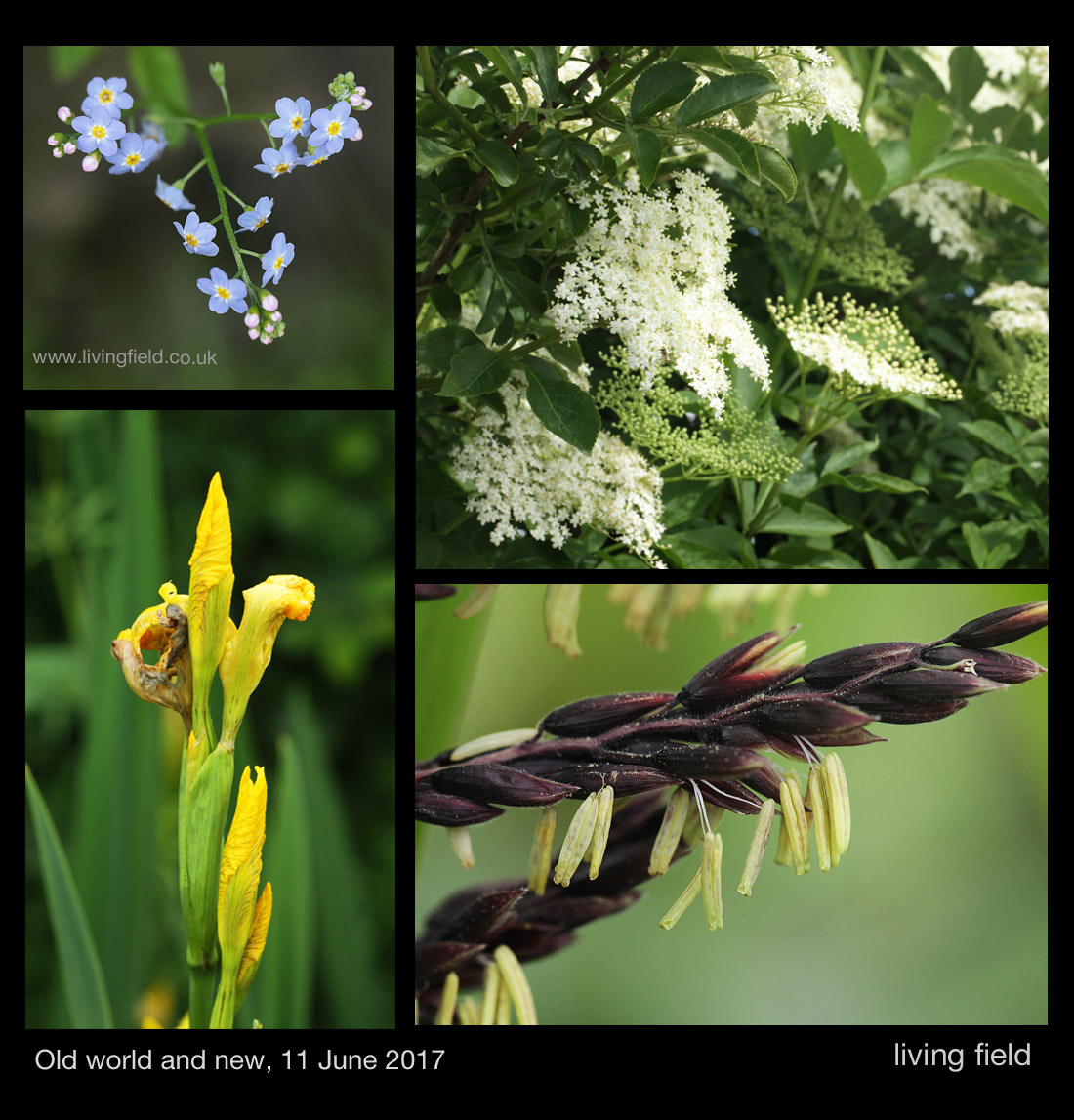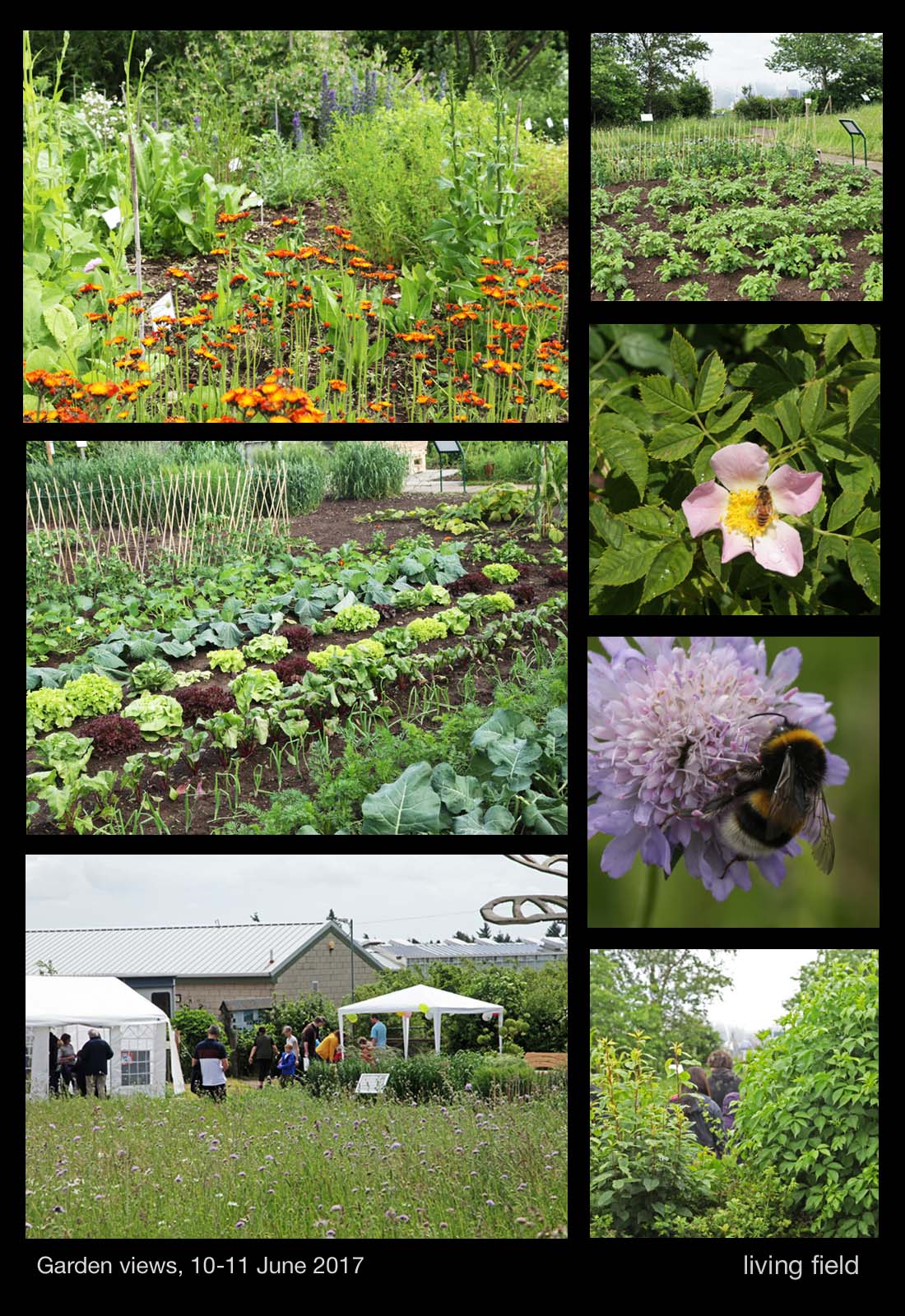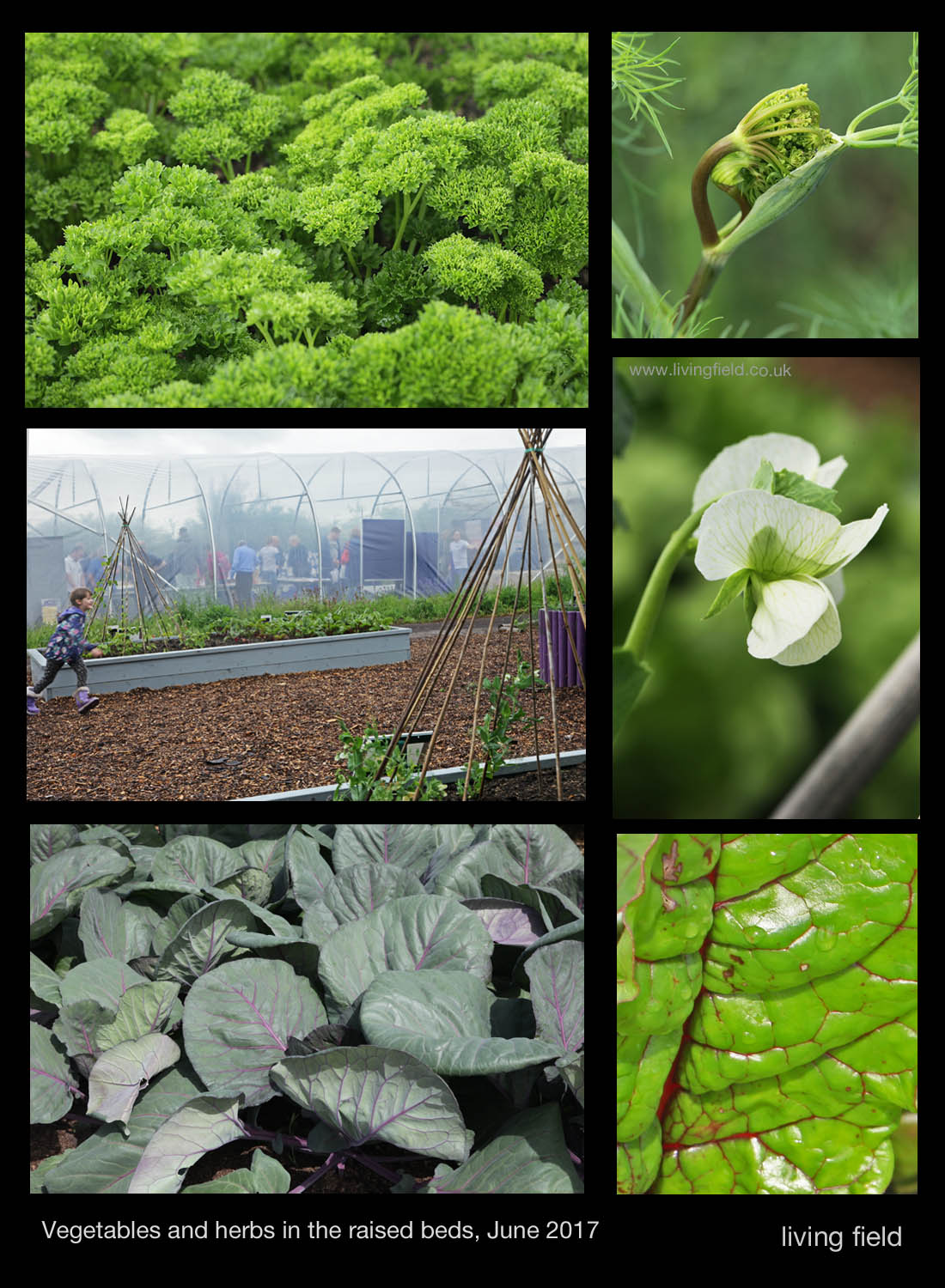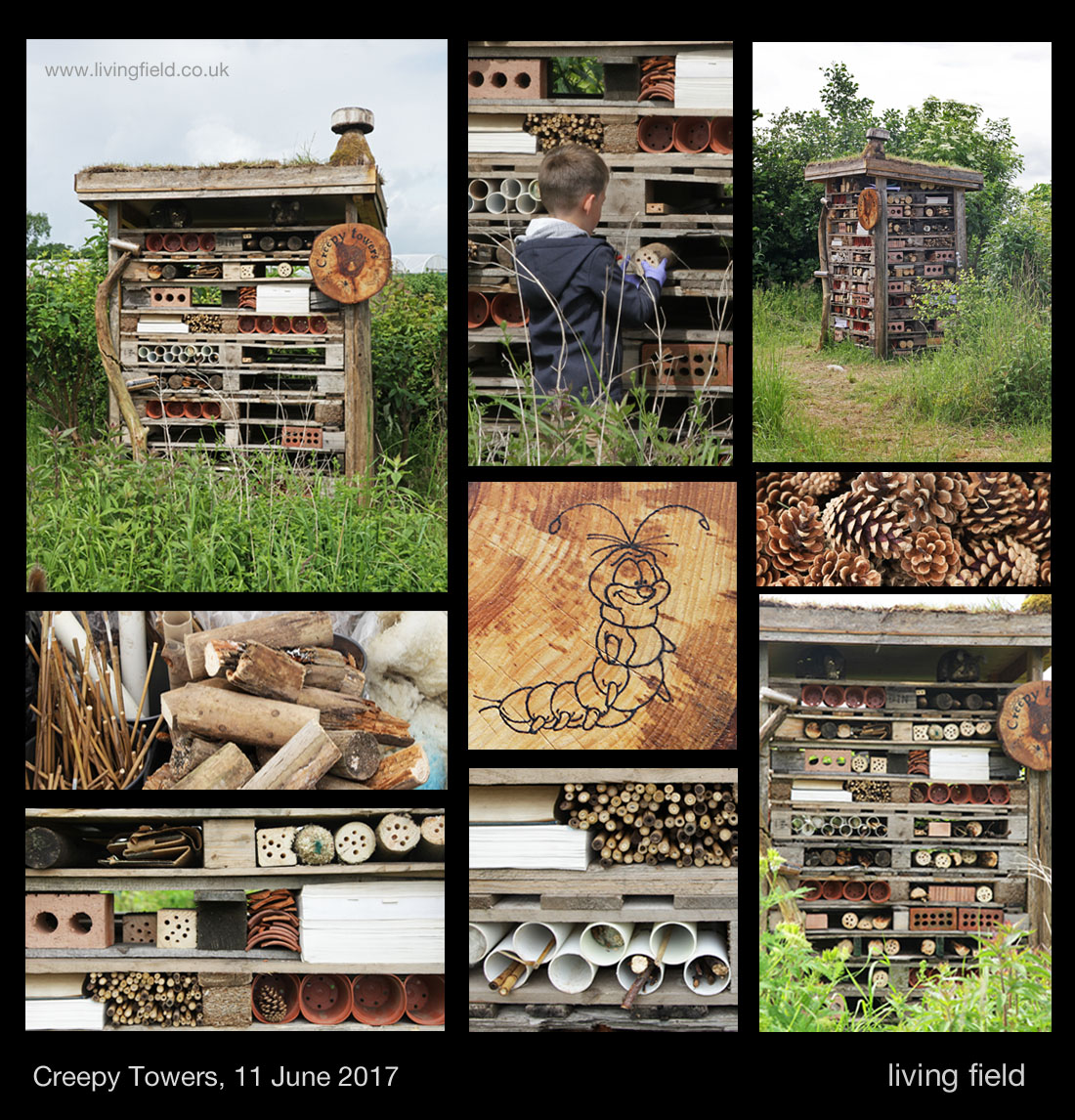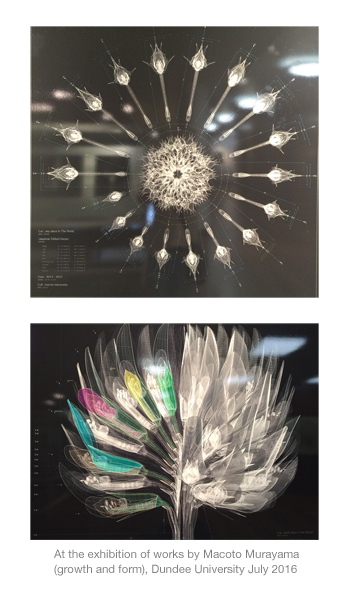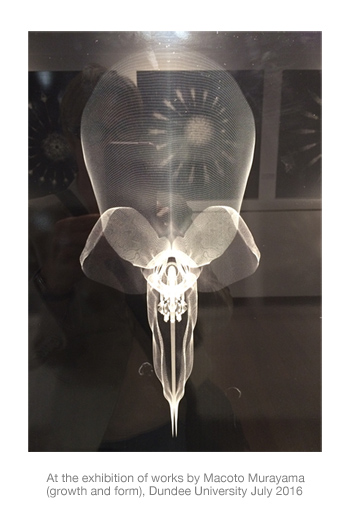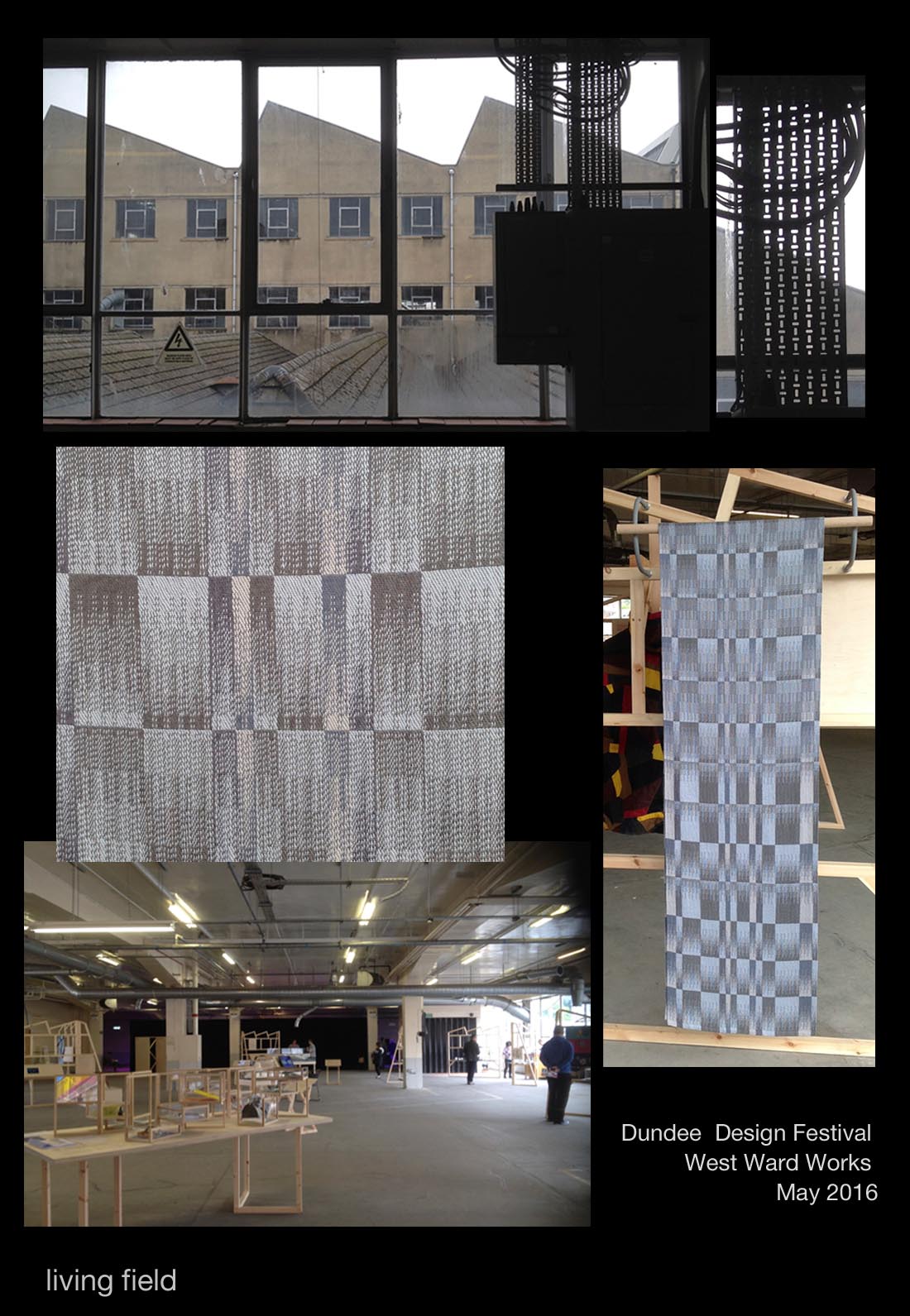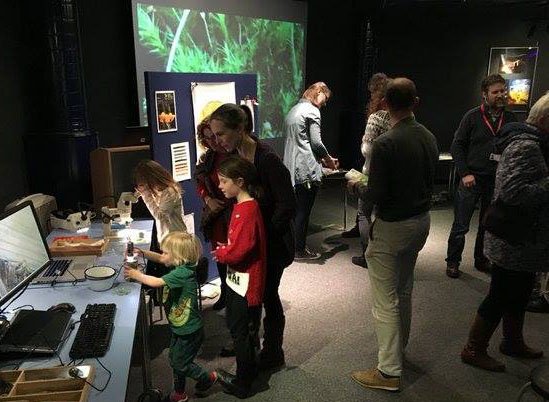The Living Field has, in past years, hosted many displays and exhibits at the Institute’s open days. Our contributions to LEAF Open Farm Sunday (LOFS) have been greatly appreciated by the local community and wider public.
LOFS at the Living Field was suspended during the pandemic and LOFS generally has been hit hard over the last few years.
But things are on the up. While the Living Field garden remains closed to events, LOFS22 is taking off countrywide with the usual great enthusiasm. Annabel Shackleton and Tabitha Salisbury from LEAF have been writing in recent weeks to keep us all up to date:
“We’ve had a turbulent couple of years, and understandably there has been a feeling of unease about having visitors in close proximity to families, colleagues, and friends on farm during these times. With what we hope is the worst of the pandemic behind us, we’re looking forwards, to spending time outdoors in a more normal world, over the summer ahead of us and watching events, such as LOFS thrive once again.”
LEAF! Pants!
In line with this year’s focus on the health of soil, water, crops, livestock and biodiversity, through to food, people and community, LEAF related (a little earlier in the year) …..
“We’re calling on farmers to start planting 100% cotton pants (or other 100% cotton items) now to demonstrate to visitors in June the importance of soil management, and the role of microorganisms in maintaining its health.”
“If you’re planting your pants, write #LOFS22 on them, snap a picture and post on twitter, challenging two other farmers to do the same, let’s see how many pants we can get in the ground in the spirit of LOFS! “
So the idea is to dig a hole in soil, place the pants at about 8 inches down, wait for about 60 days, during which the bacteria, fungi and microfauna in the soil will begin feeding off the cotton, and then unearth what’s left of the pants as a talking point at Open Farm Sunday..
A later update from LEAF: “Lots of you have planted your pants and we cannot wait to see the results unveiled on the 12th June! A fantastic way to get visitors understanding more about soil health. “
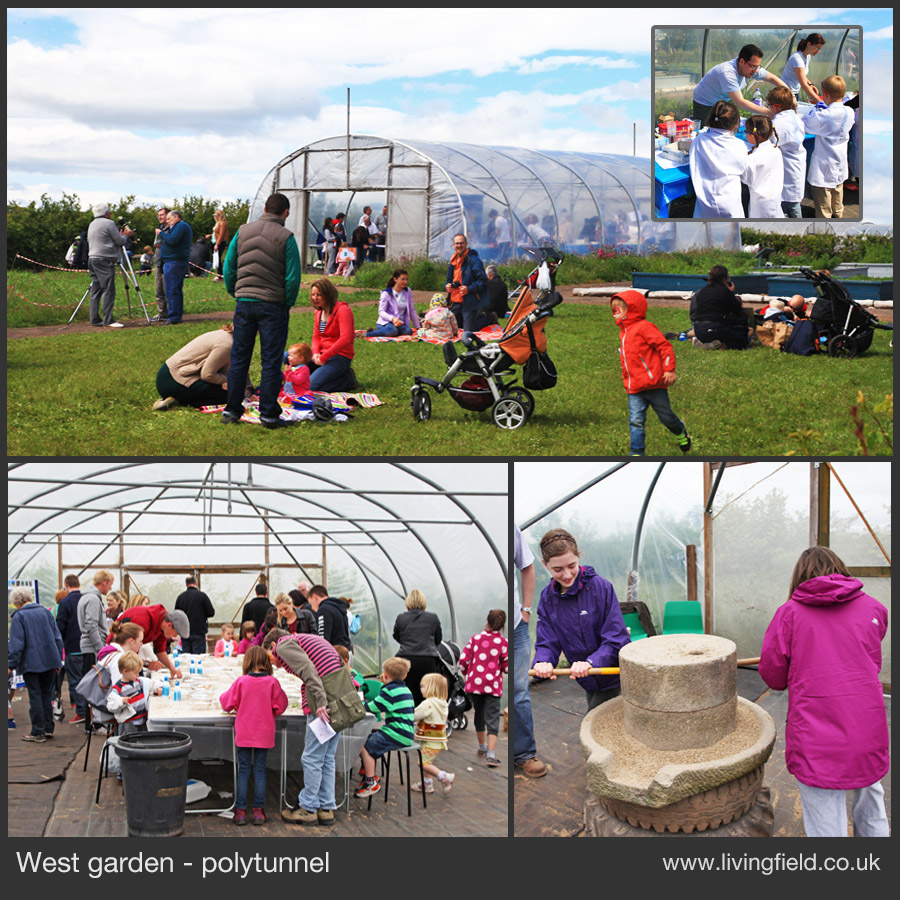
Podcasts and Farm Tour Videos
LEAF writes “Tune in to our latest LOFS podcast – an extra special issue brought to you in partnership with Farmers Guardian. LOFS Manager, Annabel Shackleton and Helen Chappell, North West LOFS Ambassador and manager at Ridgeway Farm, a mixed farm near Blackpool, chat about the history of LOFS, how it has developed since it first started in 2006, and the public and business benefits it brings.”
The podcasts are available on the LEAF web site [3] and via most podcast streaming channels.
And LEAF writes …. “We’ve launched our new series of Virtual Farm Tour videos!! “
“These fun, educational videos are great for all the family, taking them on virtual trips around the UK to different farm enterprises, meeting some incredible farmers and giving them a real immersion into life on the farm. They are sure to perk people’s interest in farming ahead of LOFS and will form a big part of our online consumer engagement over the next few weeks. “
“Huge thanks to Abi Reader, the Haygrove team and Joe Stanley at the Allerton project for their time and effort in getting these off the ground. You can watch the videos on YouTube [4] – please share and let us know what you think!”
And finally for now ….
“There is heightened interest from the public surrounding farming, food production and the environment, as an industry LEAF Open Farm Sunday offers the chance to allow that curiosity to develop in a positive manner… “
“We’d like to thank you for your energy, enthusiasm, ideas, and continued support. Together let’s showcase British Farming!”
And from an LEAF email of 20 May : With just 3 weeks to go to 12th June, a fantastic 215 farmers are gearing up to open and we couldn’t be more excited!
And not just the one Sunday …. although the national campaign centres around one weekend, there is huge scope for you to open your gates throughout any weekend in June, should a different date suit you, your farm and team better.
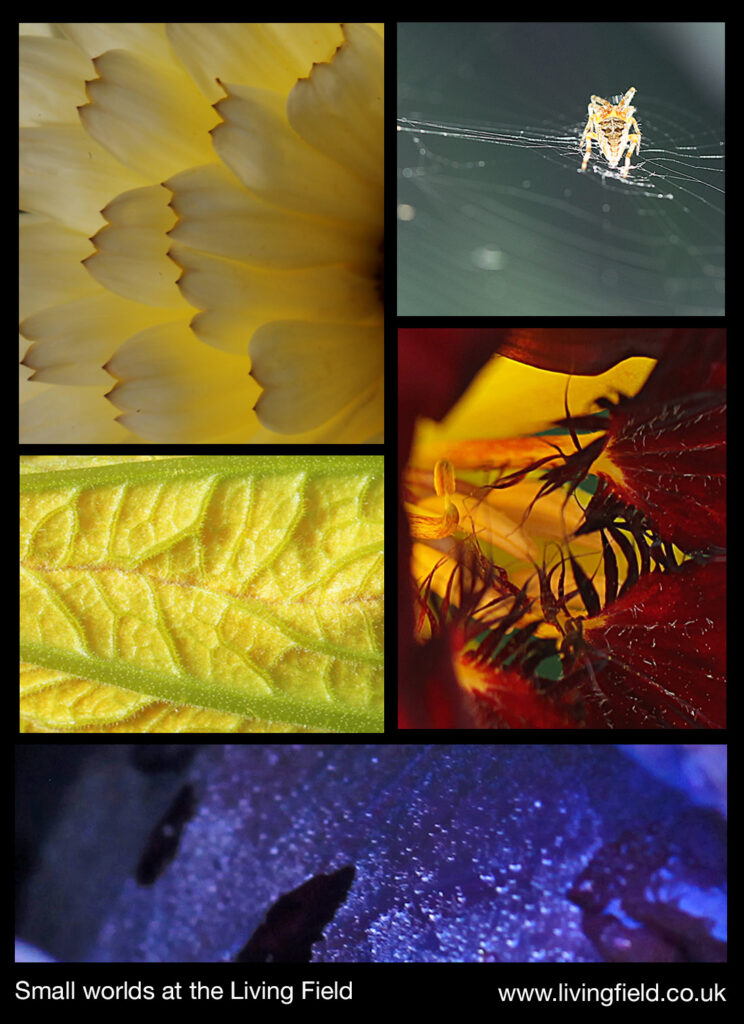
Sources | Links
[1] Open Farm Sunday web site – where you can learn more about the event and find a farm to visit: https://farmsunday.org
[2] Plant your pants – find out more at How hungry is your soil?
[3] LOFS Podcasts
[4] YouTube site for LOFS22 Virtual Farm Visits: the original link given does not take you there. Looking for a new one – in the meantime, when in YouTube, try searching for LOFS22 Virtual.
Thanks LEAF from the Living Field for sending so much info over the past few months. Here to LOFS22!!
Note from the editor: The Living Field garden has not hosted open events for several years. See the Garden page for current status.
A second note from the editor: The experimentalist in me hopes for uniformity of method and analysis in the pant planting exercise. Should the pants be new or worn; and if worn – for years or just once or twice; and if worn should they be washed before planting; and if washed with what detergent … [Just kidding … it’s a fun trial and the results should help people realise that soil is alive and the things that live in it are working every day to decompose, convert and store organic matter, and ensure a soil remains intact, formed and held together by strands, pastes and glues. If a soil is killed, it will be blown or washed away. That’s why the Living Field got its name.

